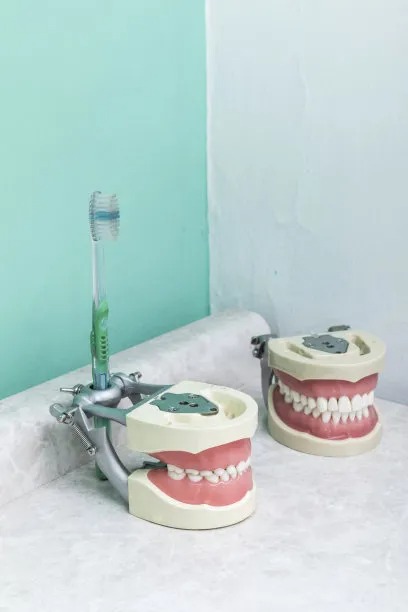Considerations and Steps Involved in Extracting a Tooth for Optimal Dental Health and Patient Comfort
Summary: Extracting a tooth can be a daunting procedure for many patients; however, when done correctly, it can significantly contribute to optimal dental health and patient comfort. This article delves into the key considerations and detailed steps involved in tooth extraction. The four major aspects discussed include an initial assessment, the extraction process itself, post-operative care, and considerations for enhancing patient comfort. Each section provides important insights to ensure that extractions are performed safely and effectively, while minimizing patient anxiety and discomfort. The ultimate goal is to equip both dental professionals and patients with the knowledge necessary for a successful tooth extraction experience.
1. Initial Assessment and Planning

Prior to any tooth extraction, a thorough initial assessment is crucial. Dentists begin by conducting a full clinical examination, which includes evaluating the tooths condition, assessing surrounding gum health, and reviewing the patients dental history. These factors help in determining whether extraction is necessary and if so, the most suitable approach.
X-rays play a vital role in this assessment phase. Radiographic images allow dental professionals to visualize not only the tooth to be extracted but also the surrounding bone structure. This diagnostics step provides insights into potential complications, such as root shapes and positions, impacting the extraction strategy.
Additionally, understanding the patients medical history is essential for successful outcomes. Any existing medical conditions or medications may influence the extraction process and recovery. A comprehensive review helps mitigate risks and enables the dentist to plan appropriately, ensuring patient safety and comfort during the procedure.
2. The Tooth Extraction Procedure
The extraction procedure begins with local anesthesia to ensure that the patient feels no pain during the process. The choice of anesthetic and its administration must be tailored to the patient’s specific needs and comfort levels. Some dentists may use sedation techniques for anxious patients, enhancing their comfort even further.
Once numbness is achieved, the dentist proceeds with the extraction using specialized tools. Simple extractions typically involve loosening the tooth with an elevator before gently pulling it out. In contrast, surgical extractions, required for teeth that are broken or impacted, may involve incisions in the gum tissue and removal of bone, demanding a more intricate technique.
Throughout the extraction, it is crucial for the dentist to monitor the patients comfort levels and adjust accordingly. Continuous communication during the procedure can help alleviate any anxious feelings, thus promoting a calmer experience. Proper technique reduces trauma to the surrounding tissues, aiding in a smoother process.
3. Post-operative Care for Healing
Post-operative care is an essential aspect of the extraction process that significantly impacts recovery. After the extraction, the dentist will provide the patient with specific aftercare instructions, which often include managing swelling and bleeding through ice packs and gauze.
Patients are also advised on dietary restrictions following the procedure. Soft foods and plenty of fluids are recommended to aid healing without aggravating the extraction site. Staying hydrated helps maintain overall health during recovery, while avoiding strenuous activities prevents increased bleeding or discomfort.
Follow-up appointments may be scheduled to monitor healing progress and address any concerns. During these visits, the dentist can evaluate the extraction site, ensuring no complications arise. Such diligence is vital in preventing infections and promoting optimal recovery following the extraction.
4. Enhancing Patient Comfort Throughout the Process
Enhancing patient comfort involves addressing both physical and emotional aspects of the extraction procedure. Creating a welcoming, calming environment in the dental office can significantly reduce patient anxiety. Friendly staff and soothing decor contribute to a positive experience from the moment the patient walks in.
Additionally, utilizing pain management techniques is integral. Apart from local anesthesia, dentists can offer options like nitrous oxide or oral sedatives to help anxious patients feel more relaxed. These methods can make a significant difference in how a patient perceives the extraction process.
Lastly, ensuring clear communication throughout the entire procedure fosters trust between the patient and dentist. Educating the patient on what to expect during and after the extraction can alleviate fears and make the experience more manageable. When patients feel informed and understood, their comfort levels tend to increase dramatically.
Summary:
In summary, extracting a tooth entails careful considerations regarding the initial assessment, the extraction procedure, post-operative care, and the enhancement of patient comfort. Each aspect plays a critical role in ensuring effective treatment while prioritizing the patient’s overall experience. The collaborative effort between dentist and patient can lead to successful outcomes, so it is essential to approach tooth extraction with the diligence and empathy it deserves.
This article is compiled by Vickong Dental and the content is for reference only.


